All electric vehicle charging stations in Vietnam will soon have to comply with the newly issued National Technical Regulation. This is not only a step forward in controlling the safety and quality of equipment, but also an important foundation for the green transportation transition in the future.
Why do electric vehicle charging stations need technical standards?
Vietnam is entering a period of rapid growth in the electric vehicle market. From personal cars to electric taxis and electric motorbikes, battery-powered vehicles are gradually becoming a popular choice.
In the electric vehicle ecosystem, charging stations act as “fueling stations” of the 21st century. Unlike gasoline vehicles, which have long had standardized fuel distribution and storage systems, electric vehicles require a completely new infrastructure, including: stable power sources, technically standardized charging equipment, vehicle-station communication control software, and even smart payment mechanisms. If one link is missing, the entire value chain will be disrupted.
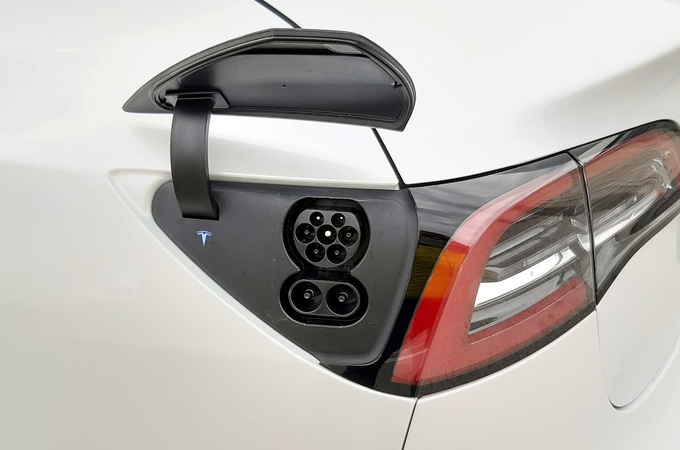
Type 2 charging port (CCS Combo 2) for Tesla Model 3 in the European market (Photo: Tesla).
According to Mr. Phan Truong Thanh, Head of the Finance - Investment Department (Hanoi Department of Construction), in Hanoi there are about 1,000 charging stations of all kinds for public vehicles, charging stations for cars and charging stations for motorbikes and electric bicycles, mainly developed by domestic enterprises such as VinFast and V-Green.
Mr. Thanh said that the leaders of Hanoi City have requested that common standards be set for charging stations, not to install them everywhere, leading to a lack of connectivity later on. Different car manufacturers can charge together at the charging posts for people to access, and no company has a monopoly on the charging posts.
That is because in addition to meeting the quantity, the problem also lies in quality and consistency. Many stations are installed arbitrarily, without following any clear technical standards, which can lead to the risk of fire and electric shock, especially in public areas or apartment basements.
Therefore, building a national technical regulation system (QCVN) for charging stations is a mandatory step to ensure safety, consistency and the ability to expand charging infrastructure in the future.
National standards for charging stations to be applied soon
According to Notice No. G/TBT/N/VNM/340 sent to the World Trade Organization (WTO), the Vietnamese Ministry of Science and Technology issued the first draft QCVN specifically for electric vehicle charging stations in March. This standard is mandatory for all new electric vehicle charging equipment manufactured, installed or imported in Vietnam.
The content of the standard focuses on core technical requirements such as maximum voltage limit of 1000V (AC) or 1500V (DC), along with technical safety measures such as anti-electric shock, overcurrent, overvoltage, overheating, and fire protection.
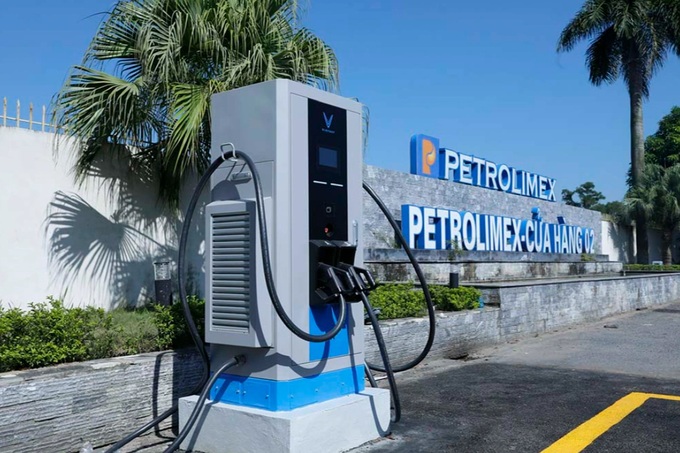
VinFast electric vehicle charging station at Petrolimex gas station (Photo: VinFast).
In addition, it is also necessary to meet environmental resistance standards, such as dust and water protection (IP), impact protection (IK), and compatibility between the charging station and the vehicle via international standard protocols.
Accordingly, charging stations are only allowed to be put into use after they have been certified for conformity, sample tested and marked with conformity marks according to regulations. This is the first time that charging stations in Vietnam have been strictly managed according to mandatory technical legal regulations.
Core infrastructure for green transport
Not only Vietnam, many countries are also making efforts to complete the technical corridor for the charging station system, which is considered a key link in the electric vehicle development roadmap.
In the European Union (EU), public charging stations must comply with IEC 61851 (electrical safety), IEC 62196 (connector type) and use the ISO 15118 smart interface supporting Plug & Charge.
The EU has also adopted Type 2 for AC charging, and CCS Combo 2 for DC fast charging. As of 2024, the region will have more than 630,000 charging points, but still needs to increase the installation rate eightfold to reach the target of 3.5 million points by 2030.
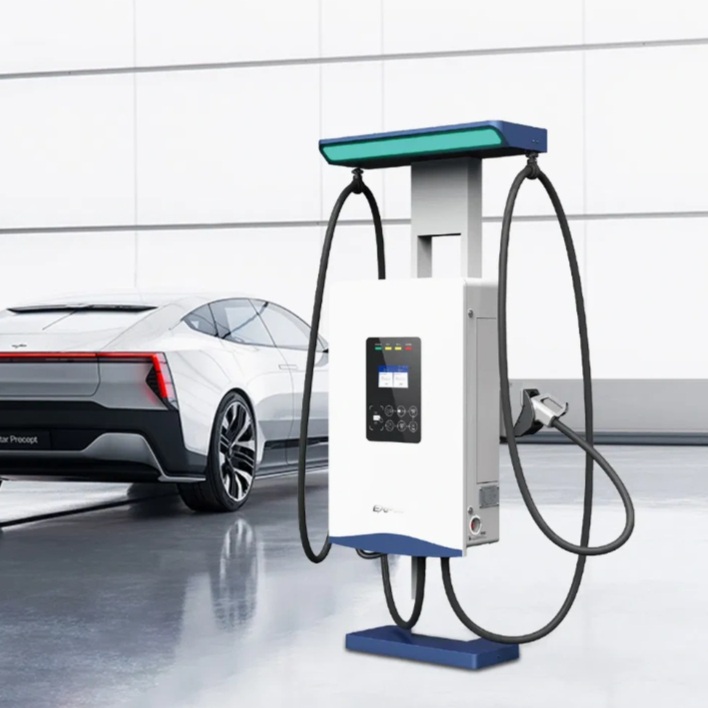
A charging station concept by Shenzhen, China-based company Infypower (Photo: Infypower).
China has the world's largest charging infrastructure, with over 3.2 million public charging points and a total of over 14 million charging points (including private ones). The country has adopted its own GB/T standard and launched the ChaoJi-1, which allows charging power of up to 1.2 MW, many times higher than the current international standard, and is compatible with a wide range of chargers via adapters.
In Thailand, charging stations are regulated as power supply facilities under the energy law. The domestic technical standard TIS is based on IEC standards, requiring structure, safety, and control interfaces. In particular, this country applies licensing mechanisms and investment incentives such as electricity price reductions and corporate tax exemptions if more than 40 stations are installed, thereby helping to accelerate infrastructure development.
Despite their different approaches, countries share a common view of charging station standards as a key infrastructure element and a foundation for the transition to sustainable electrification.
According to Mr. Nguyen Dong Phong, Director of the Road Vehicle Emission Testing Center (Vietnam Register), converting gasoline-powered motorbikes to electric vehicles will significantly reduce emissions, contributing to improving air quality in Hanoi and protecting the environment.
However, Mr. Phong said that when converting gasoline-powered motorbikes to electric vehicles, Hanoi also needs to solve many problems because this has a great impact on society and people's lives, especially the disadvantaged groups in society. The State needs to have policies to support people.
Experts say that Vietnam's proactive development of technical standards for charging stations right from the beginning is an opportunity to "take shortcuts and get ahead" in the process of developing electric vehicle infrastructure.
This not only helps keep up with the rapid growth of the market, but also limits the shortcomings that have appeared in some countries, where infrastructure develops spontaneously, lacks synchronization in technology and standards, leading to high upgrade costs and difficulty in integrating the system later.
Source: https://dantri.com.vn/khoa-hoc/tram-sac-xe-dien-va-cuoc-dua-quy-chuan-viet-nam-nhap-cuoc-the-nao-20250730143538926.htm








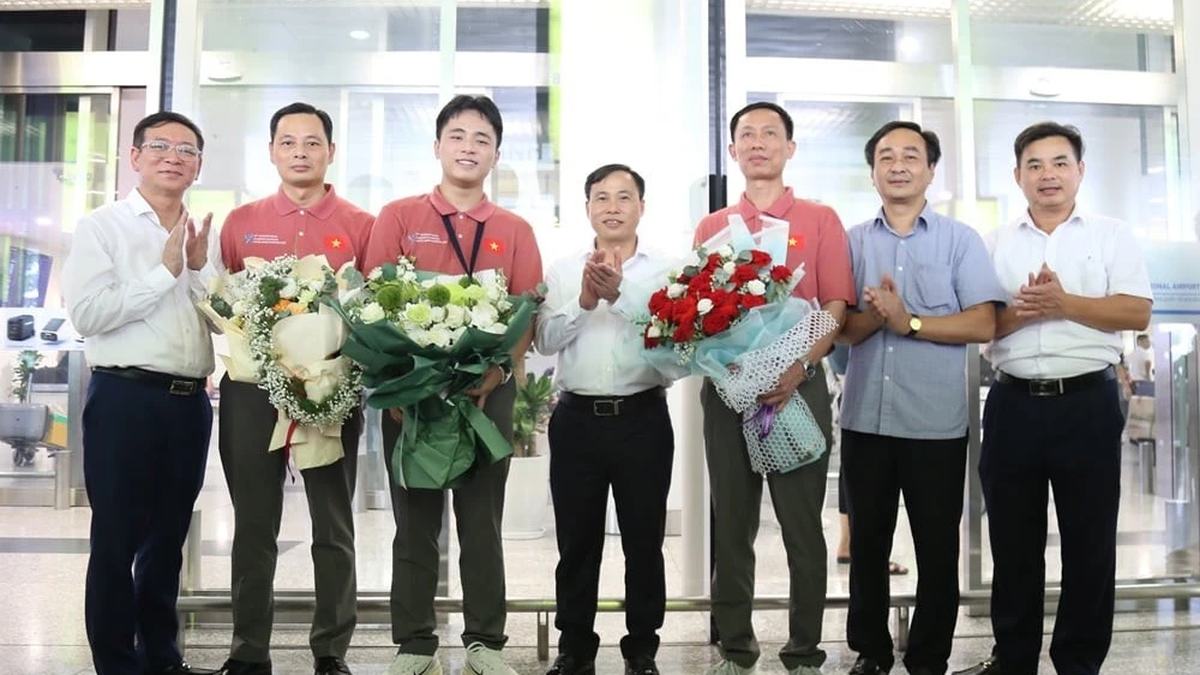
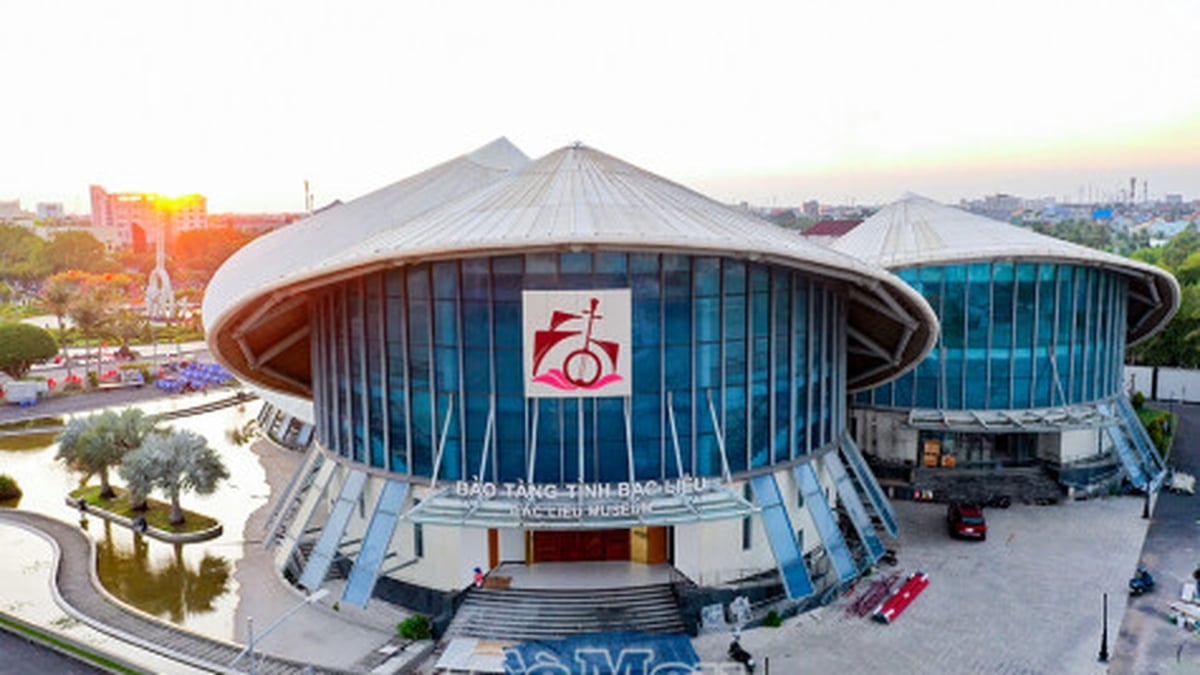

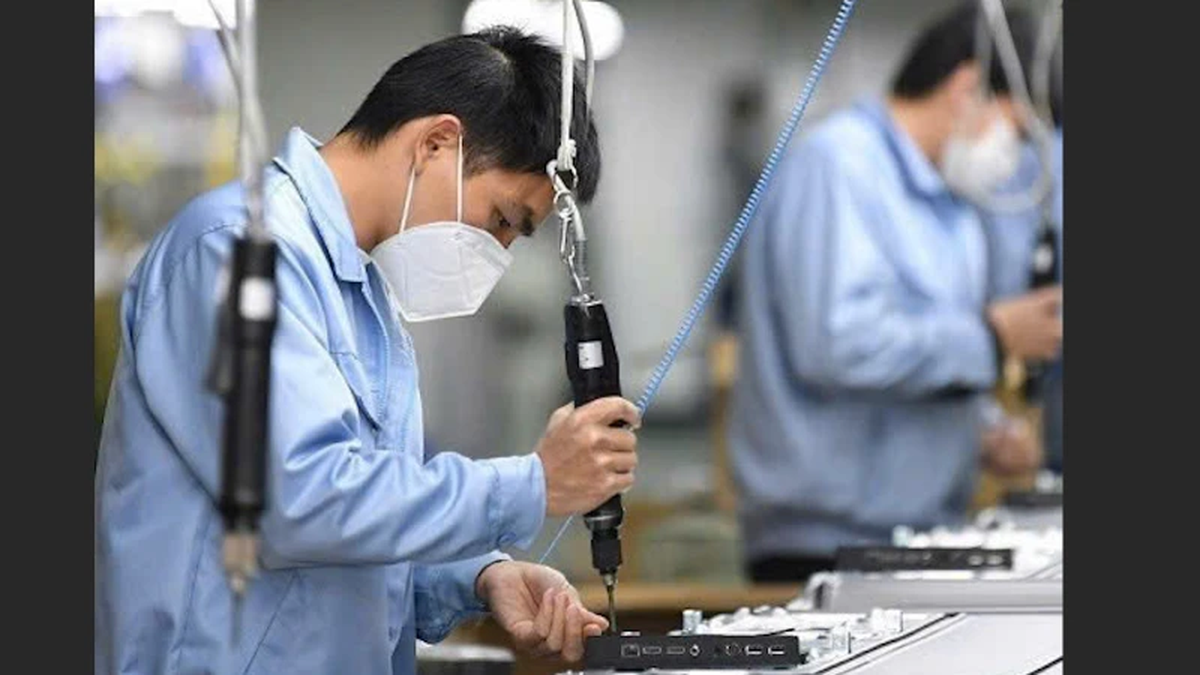






















































































Comment (0)